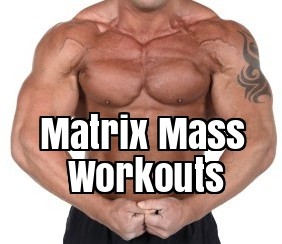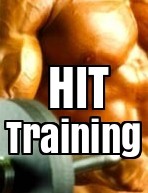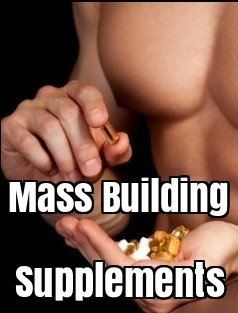

Click Here For Your Free Bodybuilding Magazine
Myotatic Reflex Training
What is myotatic stretch reflex?
There are muscle spindles which lay parallel to each muscle fiber which are responsible for the strength reflex (myotatic reflex). Their function is very precise and understanding it will help you enhance your muscle building efforts.
These spindles act as receptors which are sensitive to stretch. As a muscle fiber lengthens, so does the muscle spindle. It responds to the speed at which the muscle is being stretched. If the muscle stretches quickly, the spindle responds by sending a message to the spinal cord, which causes the muscle to suddenly contract forcefully. This response is a defense mechanism, which acts as a safety valve and protects the tissue from over-stretching and possibly tearing and damaging itself. Within limits, the harder and faster a muscle is stretched, the stronger the reflex contraction. The "length-tension" relationship demonstrates that a muscle generates maximum force when it begins its contraction at 1.2 times its resting length. This is the same principle a baseball pitcher uses when he pulls his arm back and winds up to throw a pitch. Right when the arm is completely stretched back, "he suddenly reverses the motion with a quick snap and begins the forward movement to release the ball. It is the moment when the arm is completely stretched back that the stretch reflex is activated. Another example is when you have been a passenger in a car and have fallen asleep. As your head tilted forward, you abruptly jerked it back up. This occurs because the spindles in the back of your neck suddenly stretched forward initiating the myotatic reflex which contracted your head upward to protect the muscles.
How will this benefit you and your training? Many exercises allow you to stretch the muscle and use the myotatic reflex to increase your power upon muscle contraction. This technique will require a little practice but once you have mastered it, you will benefit from increased muscle torque and stronger muscular contractions which ultimately leads to faster growth.
Myotatic reflex exercises
Let's look at parallel bar dips for chest development. On the descending portion of the movement, the pectoral muscles are primarily being stretched. Right near the bottom of the movement, those last couple of inches while descending, speed up the stretch and suddenly reverse the movement with a strong contraction to press your torso back up. You can only use the myoatic reflex on exercises that place resistance on the muscle in the stretched position. Here are some basic movements which you can try.
CHEST - Flys (incline, flat & decline), pec deck machine, parallel bar dips.
BACK - Pullovers, bent-over rows, dumbbell rows.
SHOULDERS - Incline lateral raise, cable lateral raise (crossing in front of your torso).
TRICEPS - Overhead tricep extension (dumbbell or barbell).
BICEPS - Incline dumbbell curls.
THIGHS - Sissy squat.
You should incorporate the myotatic stretch reflex in your workouts as much as possible. It will help you recruit more muscle fiber when using certain exercises. As you practice, it will become easier to perform and you'll benefit from the extra thrust upon each contraction. It can be applied to any exercise, which places resistance on the muscle in the stretched position. Experiment with different exercises to see which ones feel most comfortable to you.
For the best muscle building workouts and techniques checkout Matrix Mass Training.
Click Here For Your Free Bodybuilding Magazine
Bodybuilding Guide | High Intensity Training | Supplements | Articles | Tips | Links | Contact
Disclaimer: This information presented is intended to be used for educational purposes only. The statements made have not been evaluated by the Food and Drug Administration (U.S.). These products are not intended to diagnose, treat, cure or prevent any condition or disease. Please consult with your own physician or health care practitioner regarding any suggestions and recommendations made.

